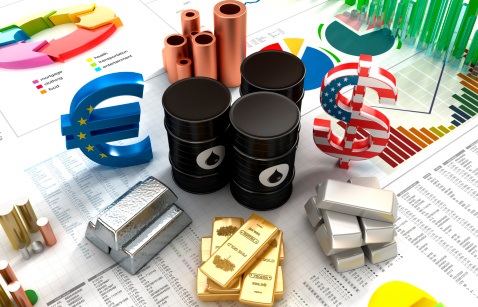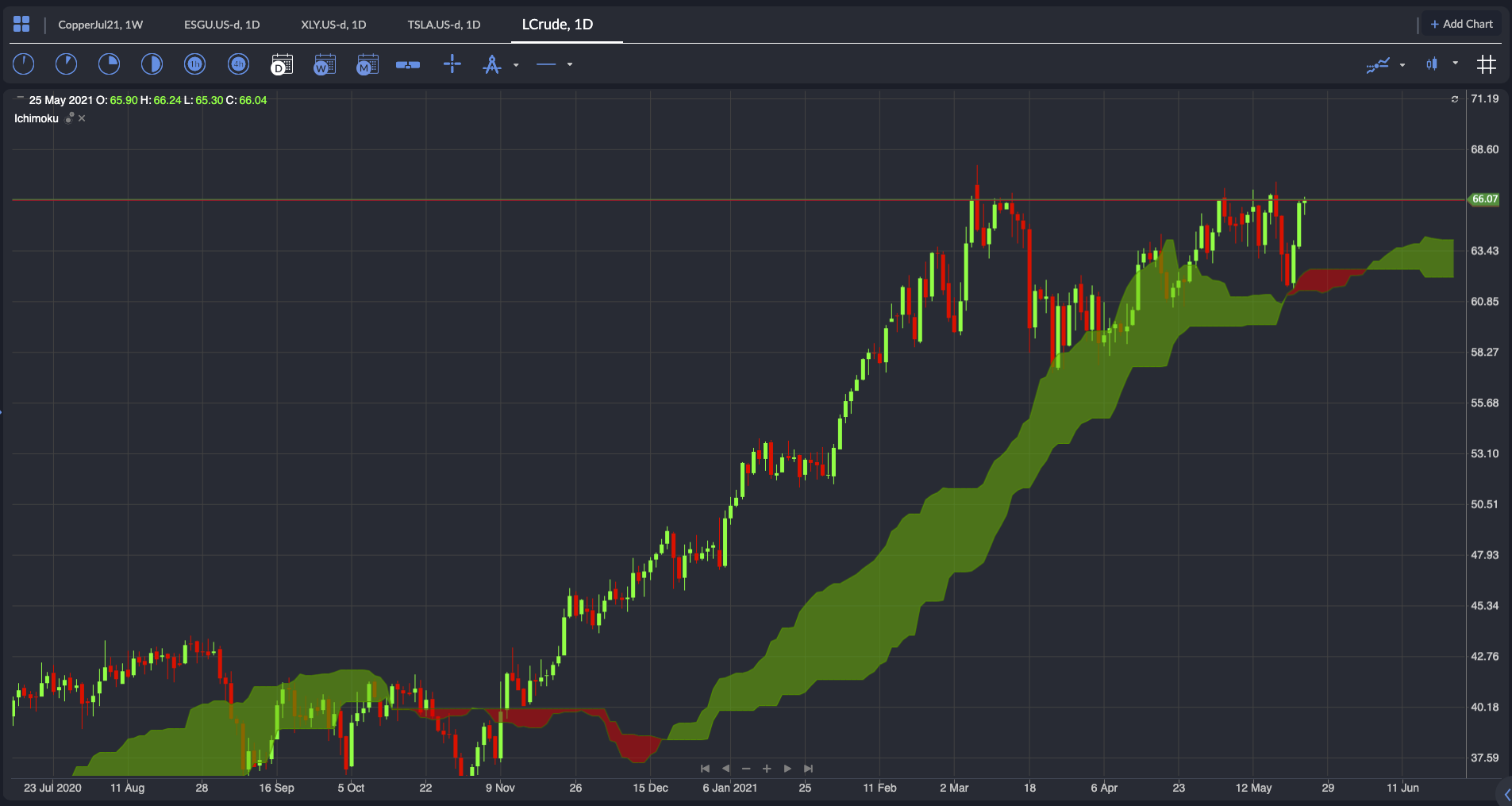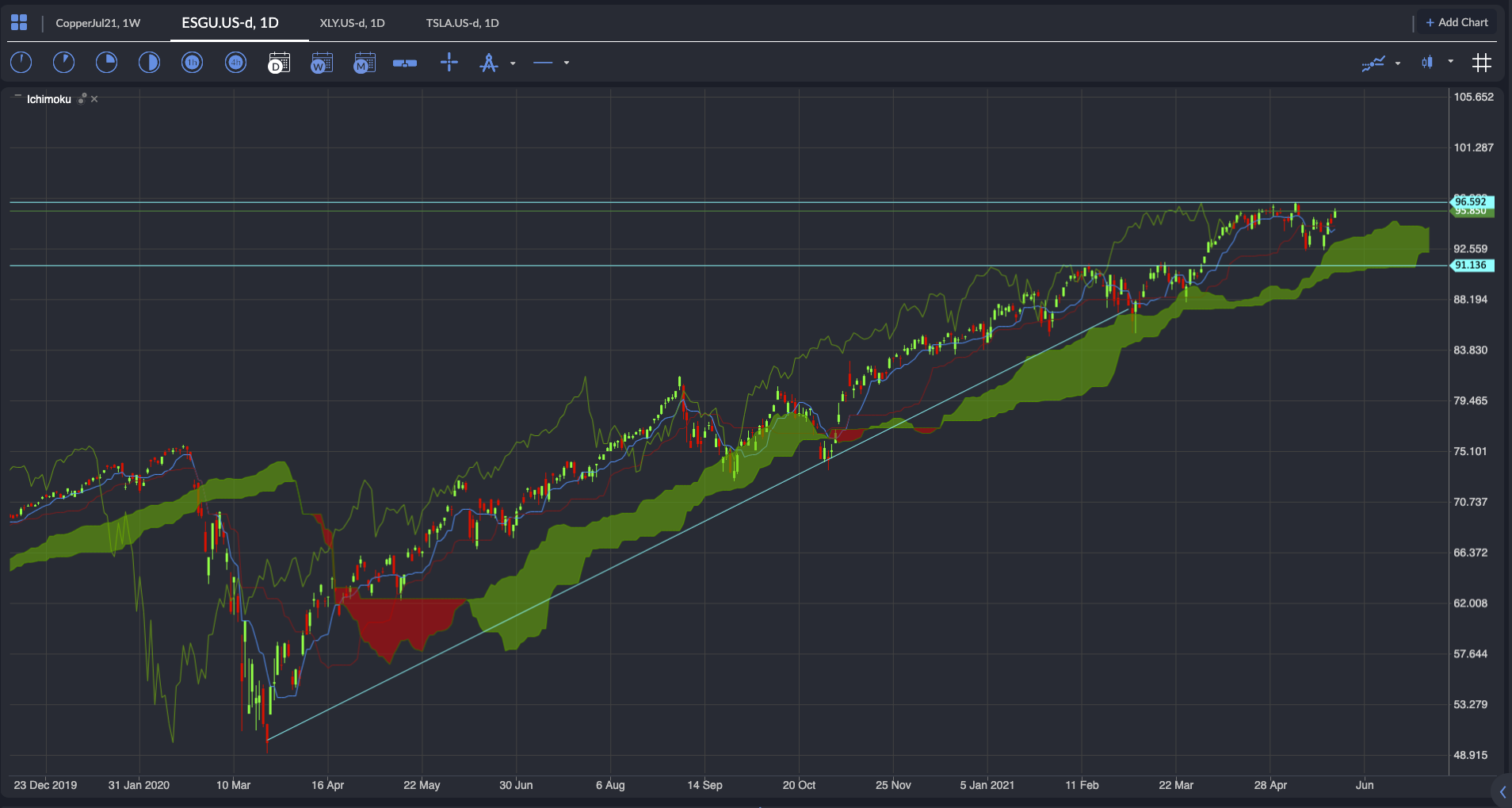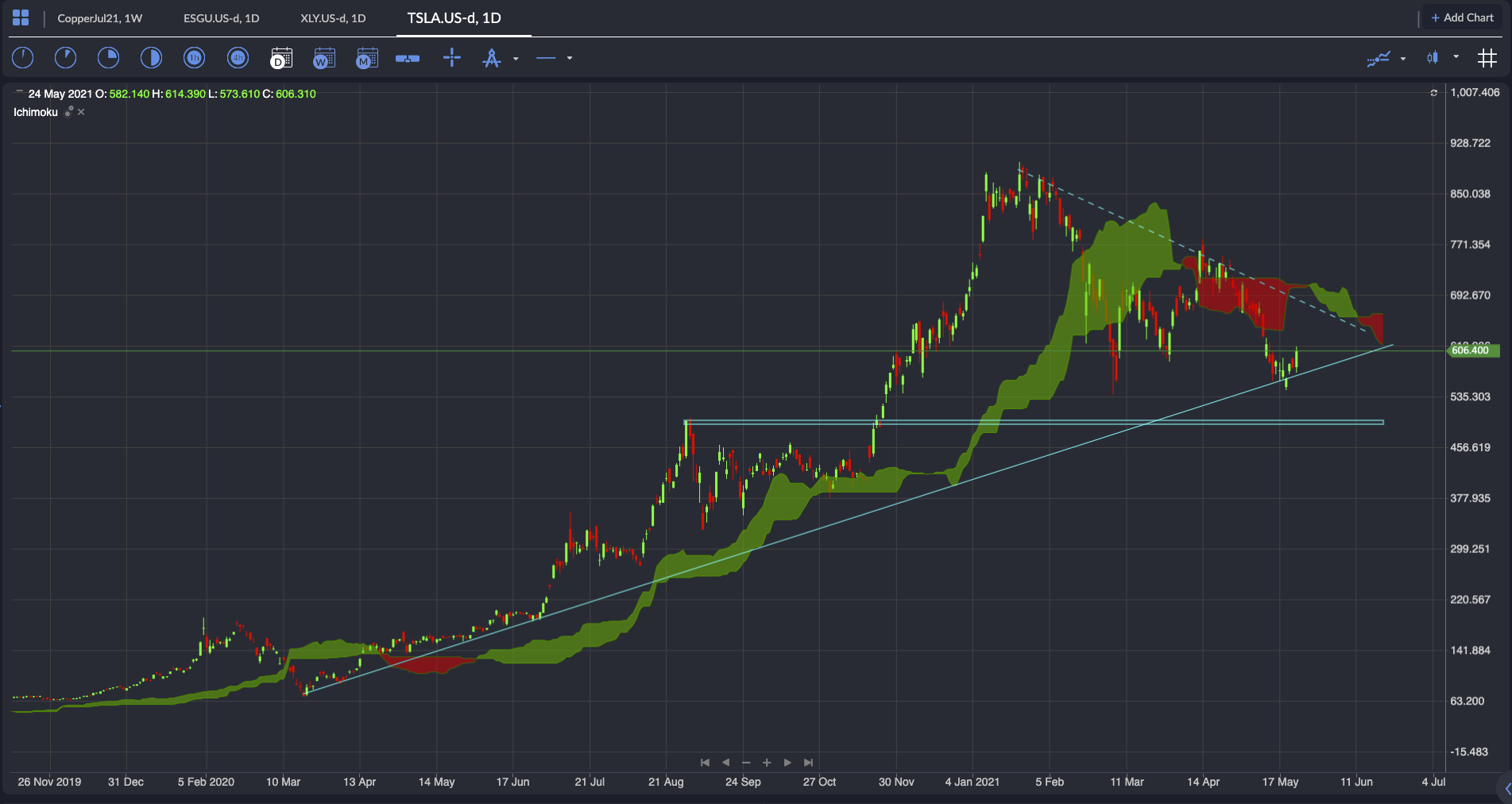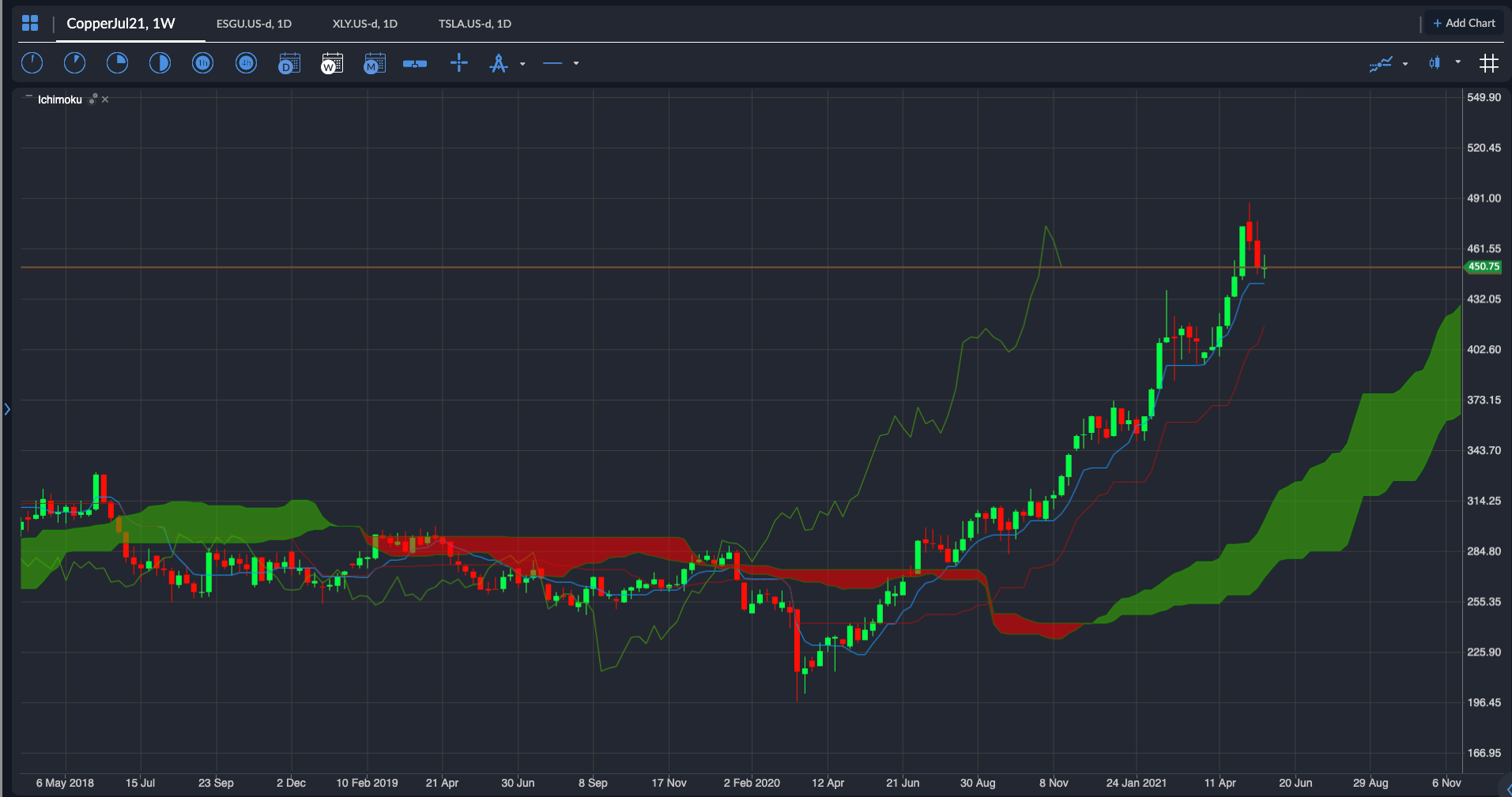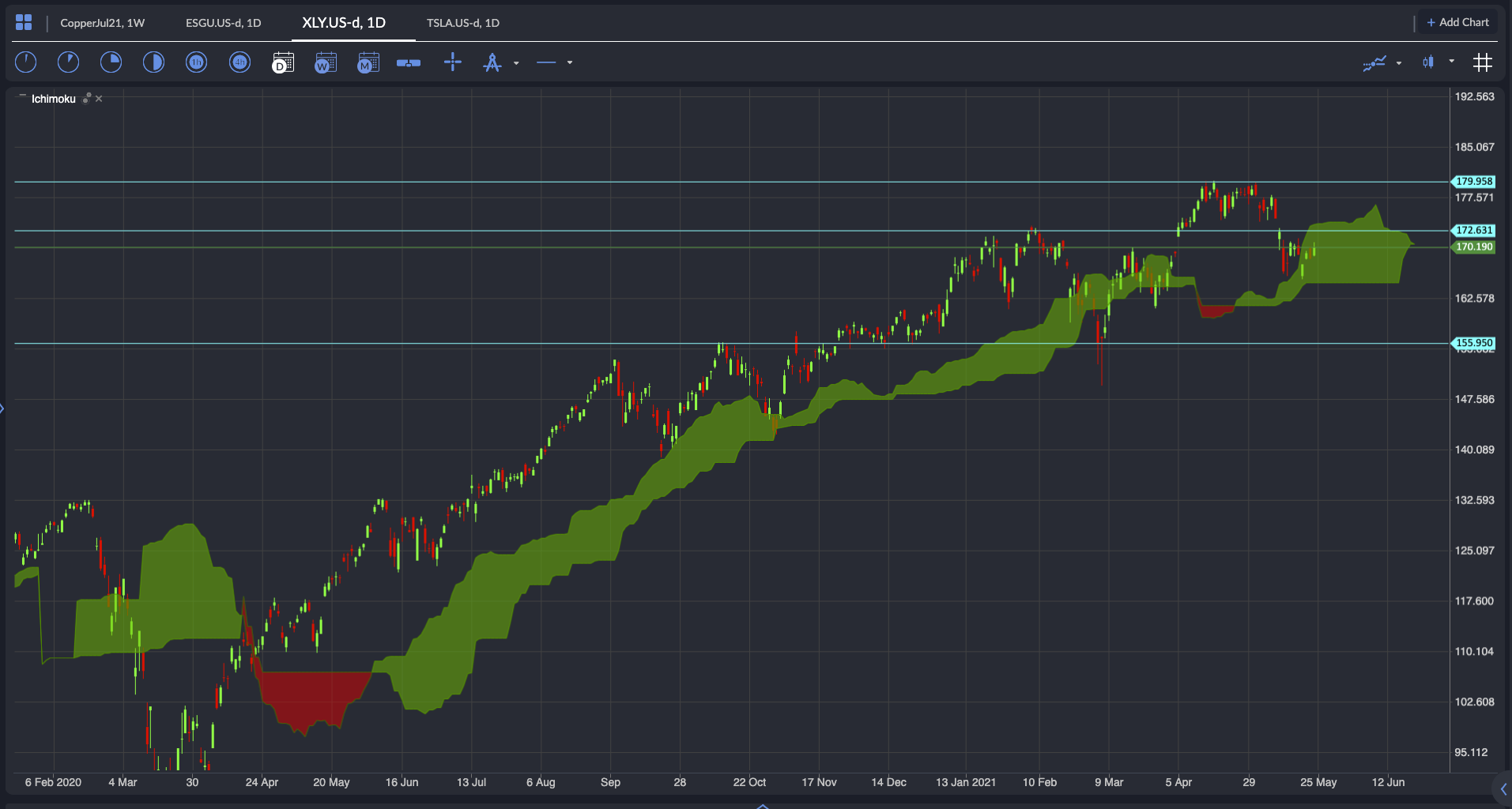Weekly Commodity Analysis
There is a lot of talk about ESG investing and a lot of companies have to demonstrate that they have a substantial element of ESG considerations in how they conduct business. But what is ESG and why is it important?
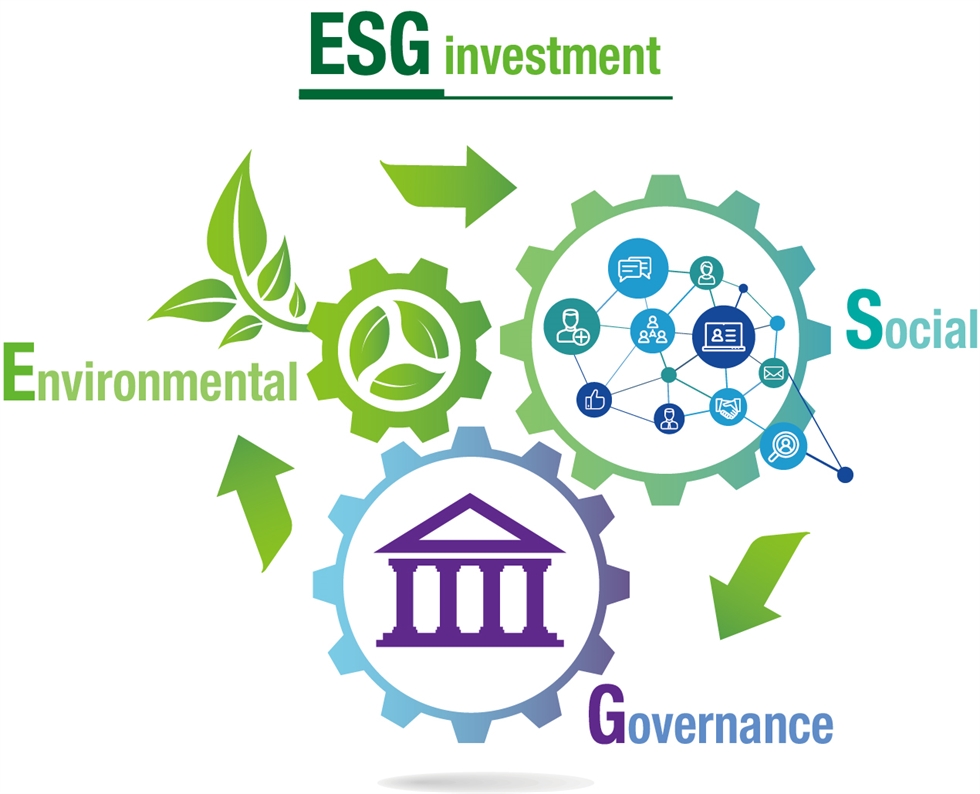

The E is for Environment. ESG is perhaps one of the most important concerns of the 21st century and focusing on the environment now spans from the leader of the free world to a mining operation in the Democratic Republic of the Congo. How companies use energy and manage their environmental impact have far-reaching consequences on society and the planet and as investors we are being encouraged to consider the implications of what the companies, we invest in, are doing to help protect the environment.
Social impact accounts for the S, in ESG. The main theme is inclusivity and diversity in a bid to create a sustainable future that benefits everyone.
Finally, G is for governance with companies having to ensure transparency and industry best practices, and dialogue with regulators to promote a circular economy cycle. A circular economy is an economic system aimed at eliminating waste and the continual use of resources.
Due to ESG considerations investors are cautious ahead of buying individual commodities, but exchange-traded funds (ETFs) give investors access to a range of products and themes in a simple wrapper.
In an inflationary environment, like we find ourselves in now, commodities act as a useful hedge against rising inflation. Precious metals and may be palladium offer investors somewhere safe to park cash during uncertain times, like we saw in 2020 during the pandemic market crash; and as the world’s economies open up, we have the reflation trade, where we are seeing copper rising with manufacturing activity. Ideally an investor would try and balance a portfolio by investing in all of these ideas and that is where an ETF can help.
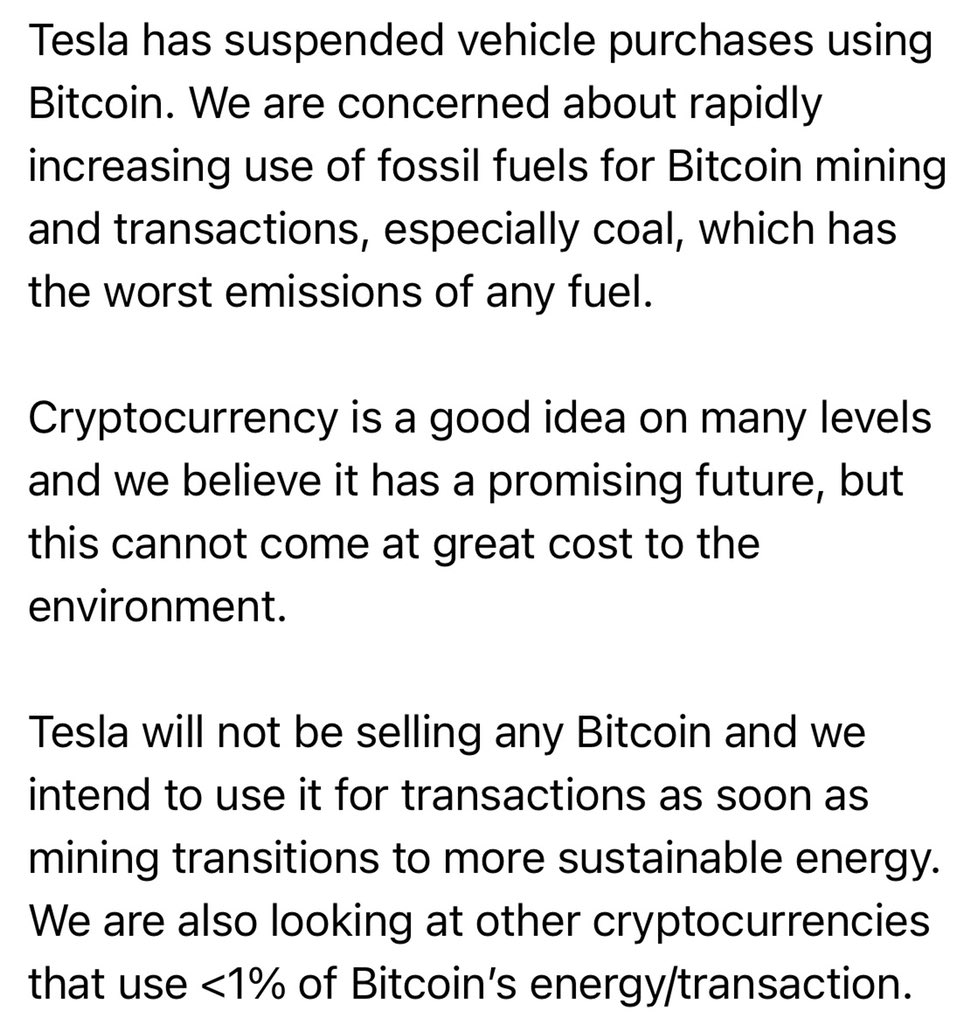

Because there is this ESG consideration to everything in terms of investing and being an industry leader, we also have to deal with events like when Elon Musk tweeted that Tesla will no longer accept Bitcoin for payments of the cars. The core reason given was that Bitcoin transactions and mining are environmentally unfriendly in the amount of energy that is consumed. Tesla’s stock price had been grinding lower from the all-time high but accelerated to the recent lows before finding support around $550. Whereas Bitcoin lost 50% of its market value for a few days.
The fundamentals are changing and The New Green Deal, or the Great Reset are headline themes that mainstream media are helping to push. The European Green Deal which will be in place by 2050, requires all member states to have achieved net-zero emissions. The UK, and the USA are also on course to meet and in some ways exceed the expectations with a mandate to move entire economies to a greener way of doing things. The UK government has announced initiatives like banning new diesel and petrol vehicle sales by 2030.
There are many ways in which the governments are pushing this agenda and even the world’s central banks are starting to focus their efforts on greener policies. There is an element of carrot and stick, with companies and investors being incentivised with credits and fiscal flows into green bonds as well as taxes for those that do not meet certain emissions goals, plus they will find themselves unable to access financing, if the companies etc. do not show they have adopted ESG-centric policies and best practices.
Global oil consumption is declining as we are pushed towards the electrification and de-carbonisation of everything, but that data is being skewed currently by the lack of economic activity this past year due to lockdowns and restricted trade.
See real-time quotes provided by our partner.
The price of Oil has rebounded to pre-pandemic levels and there is obviously enough supply currently to crush the price in the future, but the likelihood is that a drop in demand will prevent oil prices from rising to extreme heights. Saudi Arabia are also targeting 2030, where they will have transformed their economy away from relying solely on oil. In 2016, Prince Mohammed bin Salman launched the ambitious Vision 2030. The plan seeks to create a thriving economy in tourism, manufacturing and renewable energy and to encourage entrepreneurial activities.
If countries and companies demonstrate they have adopted ESG there is a likelihood that they will have higher valuations than those that do not have appropriate ESG in place. This was highlighted in the Tesla earnings documents, which showed that Tesla received carbon tax credits for being an Electric Vehicle company but was then able to make a market and profits, by selling carbon tax credits to companies that were still heavily focused on the combustion engine.
A company like Fiat Chrysler who did not have an entire focus on EV’s agreed to purchase roughly $2.4 billion worth of emissions credits from Tesla from 2019 through 2021. That model is coming to an end now as the company merged with the PSA Group which now means they have enough ESG friendly product in their line-up to satisfy European regulators without the need to purchase credits from companies like Tesla.
See real-time quotes provided by our partner.
To invest in the ESG space, you could break down individual companies by their ESG adoption, or by investing in ESG critical products. On the ActivTrader platform there is access to ETF’s and the iShares ESG Aware MSCI USA ETF (ESGU). Through the ETF investors obtain exposure to large- and mid-cap U.S. stocks with favourable environmental, social and governance (ESG) practices, and for some investors it is a great way to build a sustainable equity portfolio for the long-term.
See real-time quotes provided by our partner.
Tesla as well as any EV company has to invest heavily in the critical minerals and metals that make up a battery cell and the race to secure these mineral deposits is on. Materials that batteries use can differ depending on their chemical compositions. However, there are five battery minerals that are considered critical for Li-ion batteries:
Cobalt, Graphite, Lithium, Manganese and Nickel are the main materials found in a Tesla battery and in the Tesla Model 3s the cars use High Nickel based batteries as well as lithium-iron-phosphate (LFP) cells, which are likely to be taking market share from lithium-manganese-cobalt-oxide (NMC) cells, as the requirements for EV’s evolve and supply chains fail to keep up with increased demand.
For investors and consumers thinking about how ESG principles may pertain to commodities like nickel, it is important to understand that the cleaner you want your nickel the more it is going to cost to produce it. Nickel is produced from two primary resource types, sulphide ores and oxide ores more commonly referred to as laterites. Production of class 1 nickel from sulphides is much more energy efficient than laterites. It takes approximately three times the amount of energy to produce one tonne of nickel from a laterite operation as it does to produce the same tonne from a sulphide operation.
Miners extract these minerals from cost effective deposits and refine them from their raw forms into high-quality products and chemicals for EV batteries. There is Lithium in the UK found in the county of Cornwall, but there is no way in which these deposits would be big enough or economically viable enough to fulfil the UK’s EV battery needs. For that the UK will be looking to the European continent and China.
China dominates the EV battery space, but the country does not boast an abundance of battery metal deposits, it does however control over 80% of global raw material refining capacity. It has also concentrated on building recycling infrastructure become the world’s #1 cell recycler. Australia has massive lithium production capacity and nickel reserves with countries like Brazil also supplying the world with metals and critical minerals.
See real-time quotes provided by our partner.
Another highly sort after material is obviously copper. An average combustion engine powered car uses approximately 20kg of copper with the majority of the metal in the wiring loom. A hybrid car uses double that amount, with a fully electric car using roughly 80kg of copper. If you include charging infrastructure, a single full EV will use approximately 5 times as much copper as a regular car and as the recent rise in the price of copper shows, current supply is currently not going to keep up with demand.
As an example of what happened in a tight market, in 2006 to 2007 there was a distinct lack of Nickel in the London Metal Exchange warehouses. The fall in inventories pushed nickel prices up by +300%. In a Bank of America research paper, the banks states for the copper market, “given the fundamental backdrop, and low inventories, we see a risk that the red metal may spike to $13,000/t ($5.89/lb). After the deficits in 2021 and 2022, we expect a rebalancing of the copper market in 2023 and 2024, before renewed shortfalls and another draw on inventories kick in from 2025.”
Demand is almost a given, considering the ESG moves by developed countries and their governments. The key is, can supply keep up with demand? As higher prices come to the individual materials, there is incentivisation for the miners
See real-time quotes provided by our partner.
To mitigate the volatility of trading in a commodity like copper, investors could look to capitalise on the ESG market through an ETF like the iShares ESG Aware MSCI USA ETF (ESGU), or an ETF that has companies like TESLA and Ford within its constituents. One such ETF would be the XLY, Consumer Discretionary Select Sector SPDR ETF. Tesla is the second largest holding, with Ford and General Motors within the top 25 companies withing the ETF.
